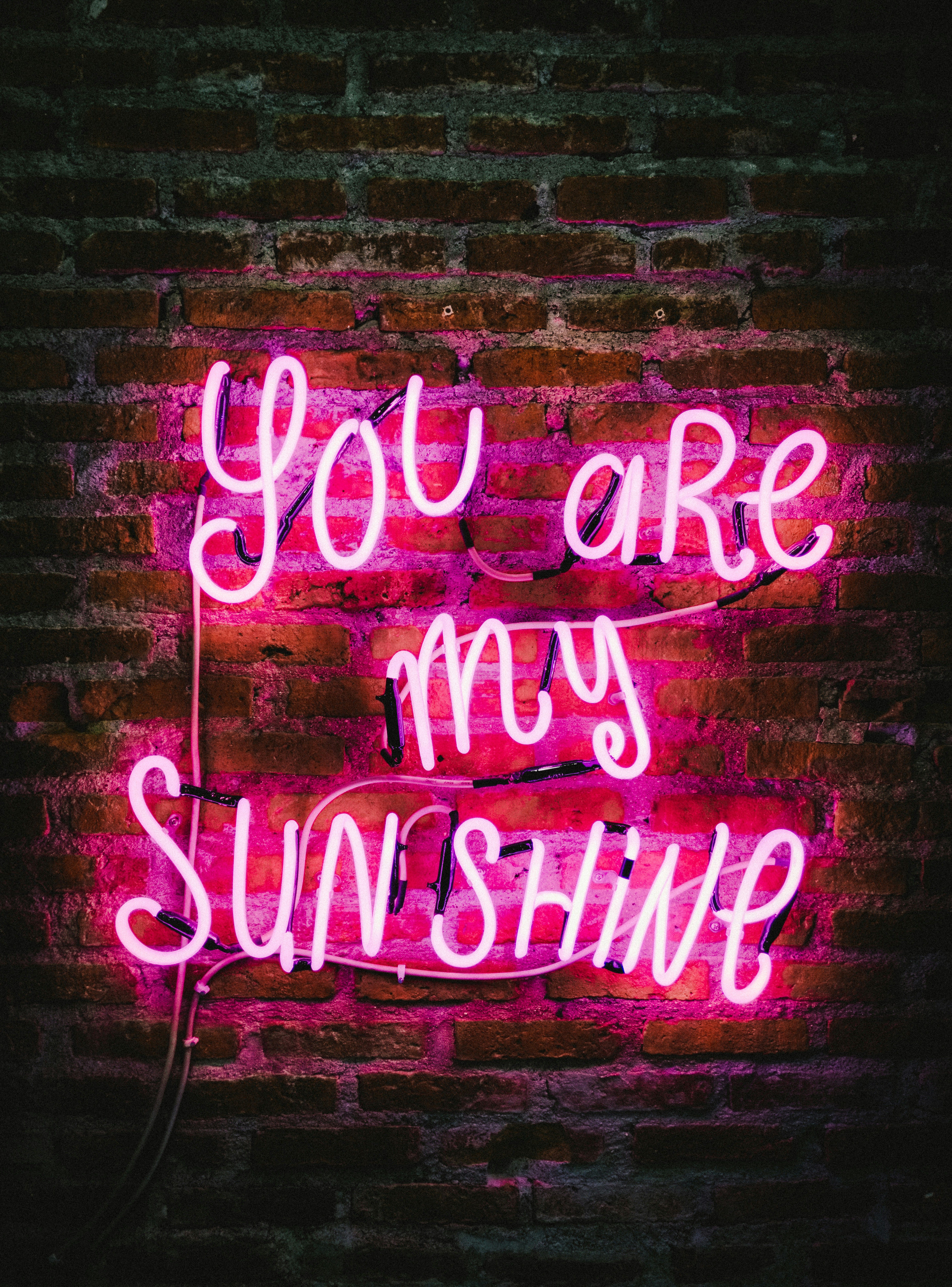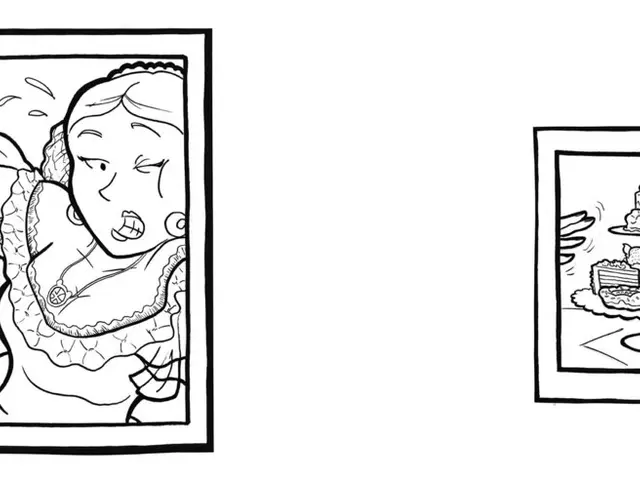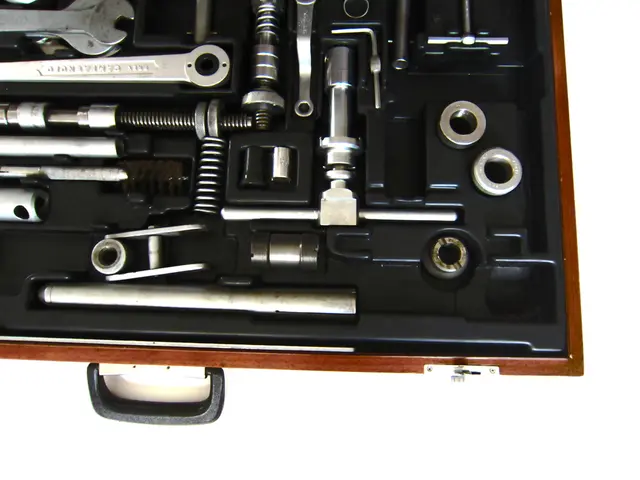UV Nail Salon Lamps: Potential Risk Factor for Skin Cancer?
increased risk of skin cancer associated with tanning beds has prompted concerns about the safety of ultraviolet lamps used in nail salons. A study conducted by researchers at Georgia Regents University in Augusta, GA tested 17 light units from 16 salons and found that while these lamps emit ultraviolet rays, the risk of skin cancer is generally considered low compared to other sources of UV exposure.
The study revealed that higher-wattage ultra-violet lamps emitted more ultraviolet radiation, but customers are typically exposed to ultraviolet lamps for a brief period of time—long enough to dry wet nail polish. In order to incur skin damage, numerous visits would be required, making the overall risk minimal.
Dermatologist Melissa Piliang, MD, explained that the frequency of nail salon visits is a significant factor in determining the risk. "If you're someone who goes to get their nails done once a week and you put your hands under those lamps for 10 minutes, you might want to be worried," says Dr. Piliang. She added that those who only visit a couple of times a year are probably fine, as the risk is very small.
The researchers recommend that customers of nail salons take precautions to minimize the risk of skin cancer and premature aging. Applying sunscreen or wearing protective gloves before getting a manicure can help decrease the risk. Dr. Piliang suggests applying the sunscreen right before the manicurist puts on the polish, as sunscreen applied before a UV manicure will likely come off during the process.
While the study was conducted in 2014, more recent findings have shown that the risks of getting skin cancer from ultraviolet nail lamps are still fairly low. A review of literature related to the incidence of skin cancer on the hands and nails of young adults found little to no carcinogenic risk associated with UV gel manicures, with the authors again recommending the use of a broad-spectrum sunscreen prior to a UV manicure as a precaution.
In conclusion, while UV lamps used in nail salons do pose some risk of skin damage, the risk of skin cancer is generally considered low compared to other sources of UV exposure. However, these lamps do emit UVA radiation, which can still cause damage to skin cells over time with repeated exposure. Taking precautions such as applying sunscreen and wearing protective gloves can help minimize the associated risks.
- The study conducted by Georgia Regents University in 2014 revealed that the risk of skin cancer from ultraviolet nail lamps is generally lower than other sources of UV exposure, but higher-wattage lamps emitted more ultraviolet radiation.
- Dermatologist Melissa Piliang, MD, advises that those who visit nail salons once a week for 10 minutes under UV lamps might want to be concerned about their skin health, while those who only visit a couple of times a year pose a minimal risk.
- A recent review of literature found little to no carcinogenic risk associated with UV gel manicures, but the authors still recommended the use of a broad-spectrum sunscreen prior to a UV manicure to minimize the long-term damage caused by UVA radiation emitted by the UV lamps.








